
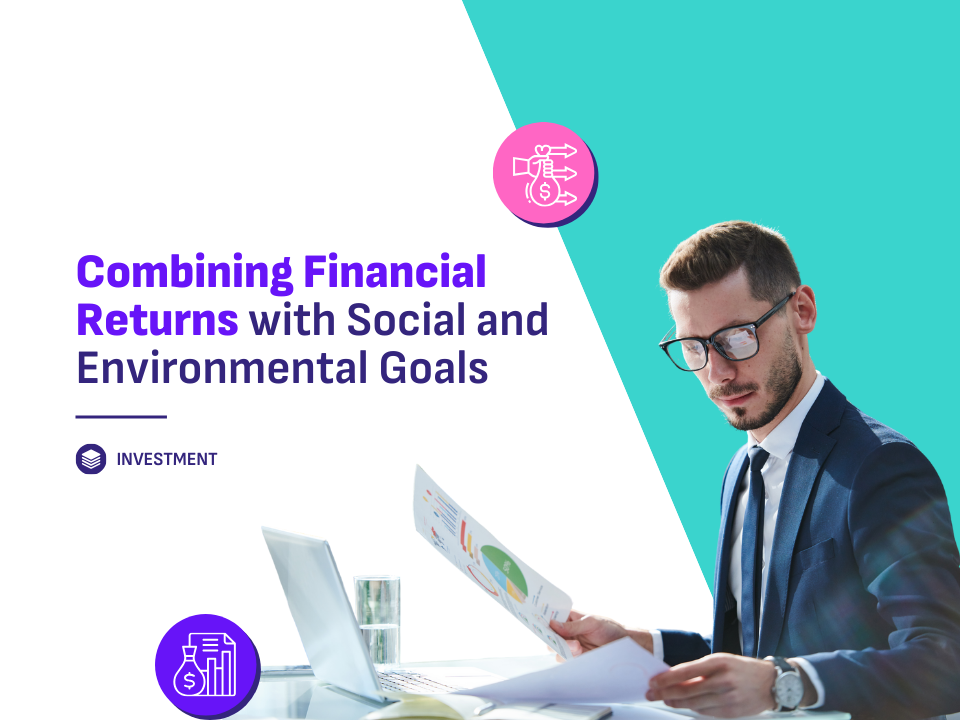
Impact Investing: Combining Financial Returns with Social and Environmental Goals
Introduction
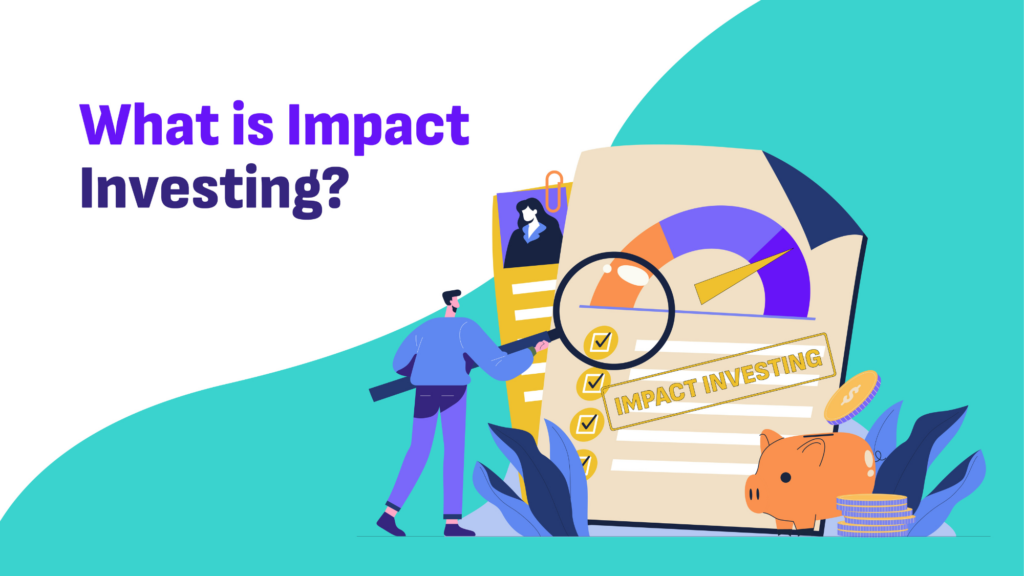
What is Impact Investing?
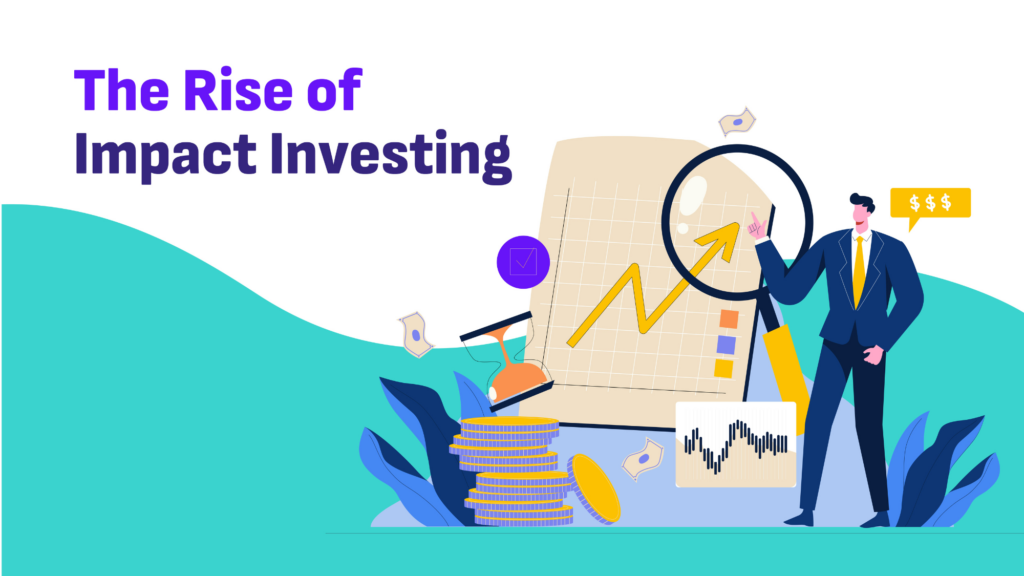
The Rise of Impact Investing
1. Growing Awareness and Demand: The rise of impact investing is driven by increasing awareness of global social and environmental issues. Investors are increasingly seeking opportunities that align with their values and contribute to sustainable development. The demand for impact investments is fueled by a desire to make a difference while still achieving financial success.
2. Evolution of Investment Strategies: Impact investing has evolved from niche philanthropy to a mainstream investment strategy. Financial institutions, asset managers, and individual investors are now integrating impact considerations into their investment decisions. This shift reflects a growing recognition that social and environmental factors can influence long-term financial performance.
3. Increased Transparency and Metrics: The development of standardized metrics and reporting frameworks has enhanced the transparency and measurement of impact investments. Organizations such as the Global Impact Investing Network (GIIN) and the Impact Management Project (IMP) provide tools and guidelines for evaluating and reporting on impact performance, making it easier for investors to assess and compare opportunities.
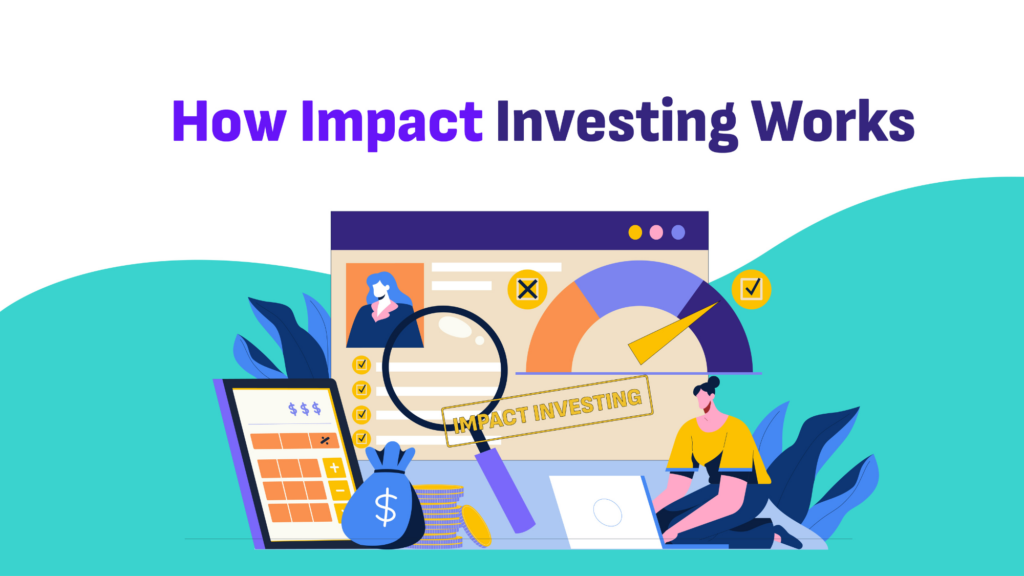
How Impact Investing Works
1. Identifying Impact Objectives: Investors begin by defining their social and environmental goals. These objectives could range from supporting renewable energy projects to improving access to education or healthcare. Clear impact objectives guide the selection of investments that align with these goals.
2. Selecting Investment Opportunities: Impact investors seek out opportunities that demonstrate both financial potential and positive impact. This may involve investing in companies, funds, or projects that address specific social or environmental challenges. Due diligence involves evaluating both financial metrics and impact metrics to ensure alignment with investment goals.
3. Measuring and Reporting Impact: Impact investors track and report on the social and environmental outcomes of their investments. Measurement frameworks, such as the Impact Reporting and Investment Standards (IRIS) or the Sustainable Development Goals (SDGs), help assess the effectiveness of investments in achieving their intended impact. Regular reporting ensures transparency and accountability.
4. Balancing Financial Returns and Impact: While impact investing seeks to achieve positive outcomes, it does not necessarily require sacrificing financial returns. Many impact investments deliver competitive returns while addressing pressing global issues. Investors balance their desire for impact with financial performance, aiming to achieve both objectives.
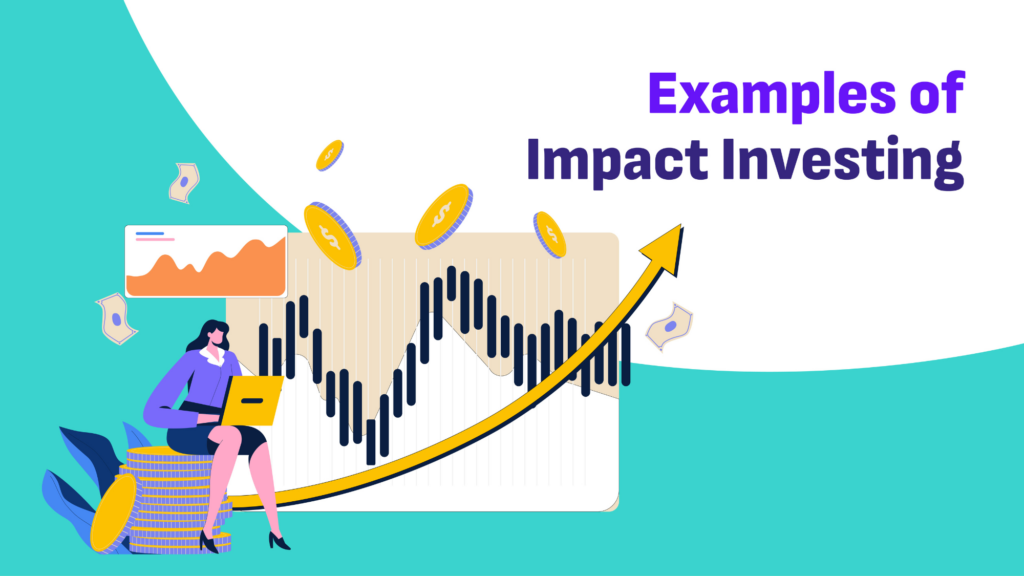
Examples of Impact Investing
1. Renewable Energy Projects: Investing in renewable energy projects, such as solar or wind farms, supports the transition to a low-carbon economy and addresses climate change. These investments contribute to environmental sustainability while offering potential financial returns through energy production and sales.
2. Social Enterprises: Impact investors may support social enterprises that provide innovative solutions to social challenges, such as affordable housing, education, or healthcare. These enterprises often operate with a dual mission of achieving social impact and financial viability.
3. Microfinance: Microfinance investments support small-scale entrepreneurs in developing countries, providing them with access to capital and financial services. These investments promote economic development, reduce poverty, and offer financial returns through interest payments on loans.
4. Green Bonds: Green bonds are debt securities issued to finance projects with environmental benefits, such as energy efficiency or pollution reduction. Investors in green bonds support environmental initiatives while earning interest on their investments.

Challenges and Considerations
1. Measuring Impact: Quantifying the social and environmental impact of investments can be challenging. Developing robust measurement frameworks and standards is essential for ensuring the credibility and effectiveness of impact investments.
2. Risk and Return Trade-Offs: While impact investing seeks to balance financial returns and impact, some investments may involve higher risk or lower returns compared to traditional investments. Investors must carefully assess risk and return profiles to align with their financial goals and impact objectives.
3. Market Fragmentation: The impact investing market is diverse and fragmented, with varying approaches and definitions of impact. Investors should conduct thorough research and due diligence to navigate this complexity and identify high-quality opportunities.


